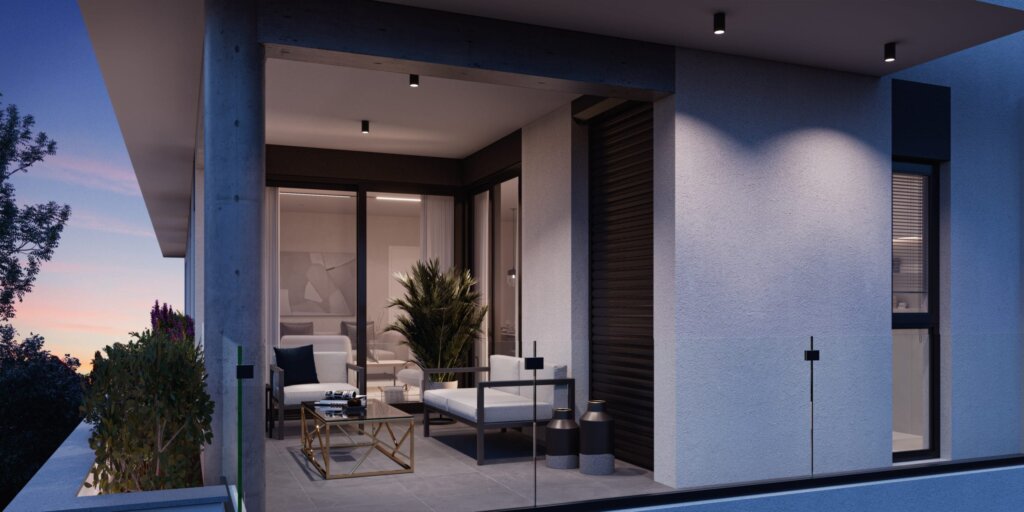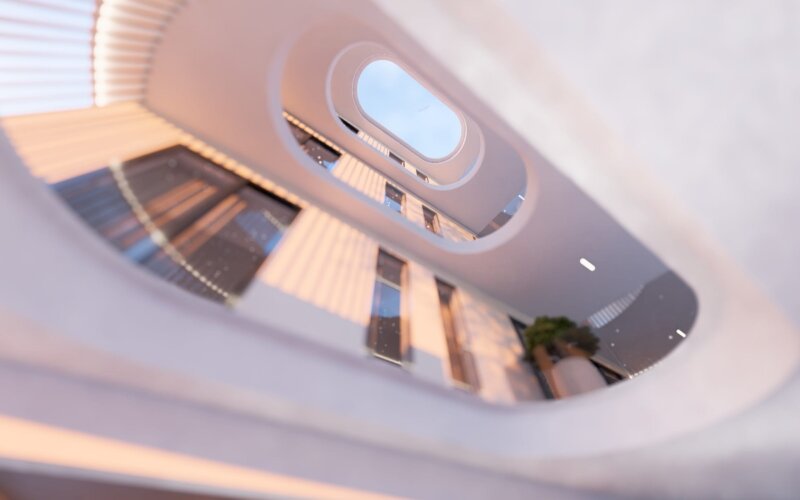You can usually tell when a house has been designed well, even before you notice the details. The air seems to move differently. There’s a lightness to it, a sense that the space is alive rather than sealed shut. Most people don’t realize what creates that feeling. It isn’t the furniture or the layout — it’s something far quieter, the way a home breathes.
Ventilation doesn’t make it into glossy brochures or sales listings, yet it shapes how we experience comfort every day. A beautiful home that lacks fresh air quickly loses its appeal. Odors linger, humidity builds, and the air becomes heavy. Over time, that affects not just the way a home feels, but the health of the people living inside it.
The Forgotten Element of Home Design
Long before modern systems and air conditioners, builders already knew that a house needed to breathe. In older towns, windows faced one another so the wind could cross through. Courtyards stayed shaded to catch the breeze, and high ceilings let the heat drift upward. None of this was decorative. It was survival, shaped slowly over centuries of experience.
As construction evolved, insulation improved and windows sealed tighter. Modern materials made homes more energy-efficient, but sometimes too much so. In the push to retain heat or cool air, we’ve often forgotten the balance that natural airflow once provided.
Without proper ventilation, even the most advanced home can trap pollutants and moisture. The result is discomfort, condensation, and, in some cases, health problems caused by poor indoor air quality.
What Ventilation Really Does
Ventilation is about more than moving air around. It’s a complete system that regulates temperature, removes stale air, and brings in oxygen-rich outdoor air.
Good ventilation helps maintain balance between comfort and efficiency. It prevents mold by keeping walls dry, protects wooden elements from swelling, and reduces energy use by managing temperature naturally.
When air flows correctly through a house, every other system — heating, cooling, insulation — performs better. You use less energy because the home doesn’t need to fight itself to stay comfortable.

Natural and Mechanical Ventilation
The best homes use a combination of natural and mechanical ventilation, each serving its purpose.
Natural ventilation works with the wind and temperature differences between indoors and outdoors. Openings such as windows, skylights, and vents allow air to move freely. Homes that are designed with orientation in mind can catch prevailing breezes, drawing cool air through and releasing warm air above.
Mechanical ventilation uses fans and ducts to control airflow when natural methods aren’t enough. Modern heat recovery systems can even capture warmth from outgoing air and reuse it, saving energy while keeping air fresh.
In a balanced design, these two methods support each other. Nature provides movement; technology ensures consistency.
Signs of Poor Ventilation
You can usually tell when a home isn’t breathing properly.
- Windows fog up frequently.
- There’s a musty smell, especially after rain.
- Dust gathers quickly even with regular cleaning.
- Certain rooms feel warmer, heavier, or more humid than others.
These are small signs, but they often point to bigger problems in design or maintenance. Over time, trapped moisture can damage plaster, paint, and even structural elements. That silent decay becomes expensive to fix and can lower a property’s value.
Why Ventilation Affects Property Value
Investors often overlook ventilation when evaluating a property, focusing instead on finishes or fixtures. But air quality and comfort strongly influence a home’s livability, and livability determines market appeal.
A well-ventilated house stays healthier for longer. Materials last because moisture doesn’t accumulate. Occupants feel better, sleep better, and use less energy. These qualities may not be visible, but they show up when it’s time to sell — buyers stay longer during viewings, rooms feel fresher, and the property simply leaves a better impression.
Long-term, homes with balanced ventilation maintain their value because they age slower. They require fewer repairs, develop fewer hidden issues, and perform better across all seasons.

Lessons From Nature
Nature has always known the value of movement. The earth breathes through wind and water cycles, constantly renewing itself. Buildings, too, need that rhythm of renewal. Stagnant air is like stagnant water — it breeds problems. Fresh air, on the other hand, restores balance.
In climates old and new, architects are rediscovering ways to design with airflow in mind. Louvers, open stairwells, and green courtyards aren’t just aesthetic touches. They’re architectural lungs. The best homes feel alive because they move with their surroundings rather than sealing themselves off from them.
Developers Who Design for Health
In recent years, some builders have started to rediscover what earlier generations already practiced. They talk less about technology and more about comfort that lasts. True sustainability isn’t only about panels on a roof or thick insulation; it’s about air that moves and spaces that stay balanced through the seasons.
This idea runs deep in the work of Folia Homes. Their projects begin with simple human needs, fresh air, natural light, and steady indoor climates. When those things work in harmony, everything else follows. A home like that doesn’t fight the environment; it lives with it, quietly holding its value year after year.
Closing Thought
Air is invisible, but its presence defines how a home feels. You can’t see it or touch it, yet you notice when it’s wrong. Proper ventilation turns a house into a living environment — one that supports its occupants rather than trapping them.
For homeowners, it means peace of mind and healthier living. For investors, it means a property that lasts and performs as it should. In both cases, good ventilation proves what thoughtful design has always known: a home that breathes well will stand strong for generations.












